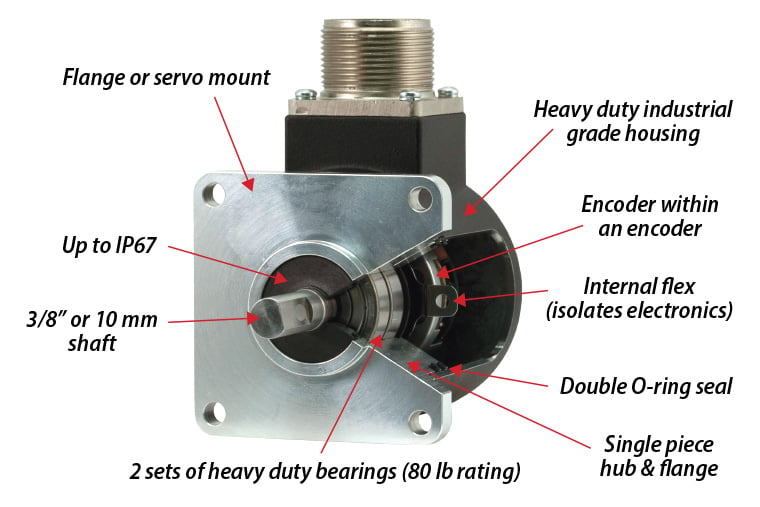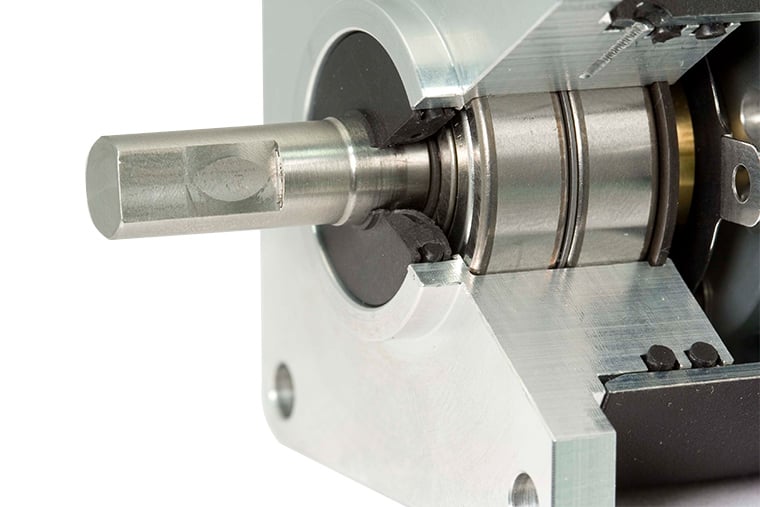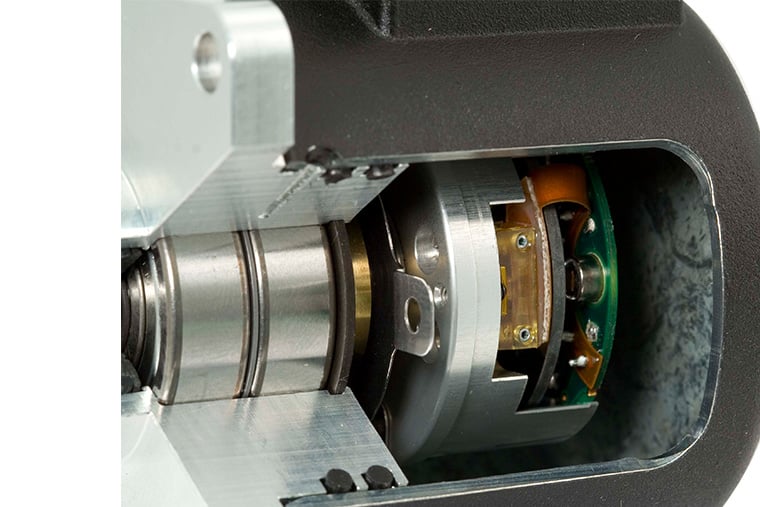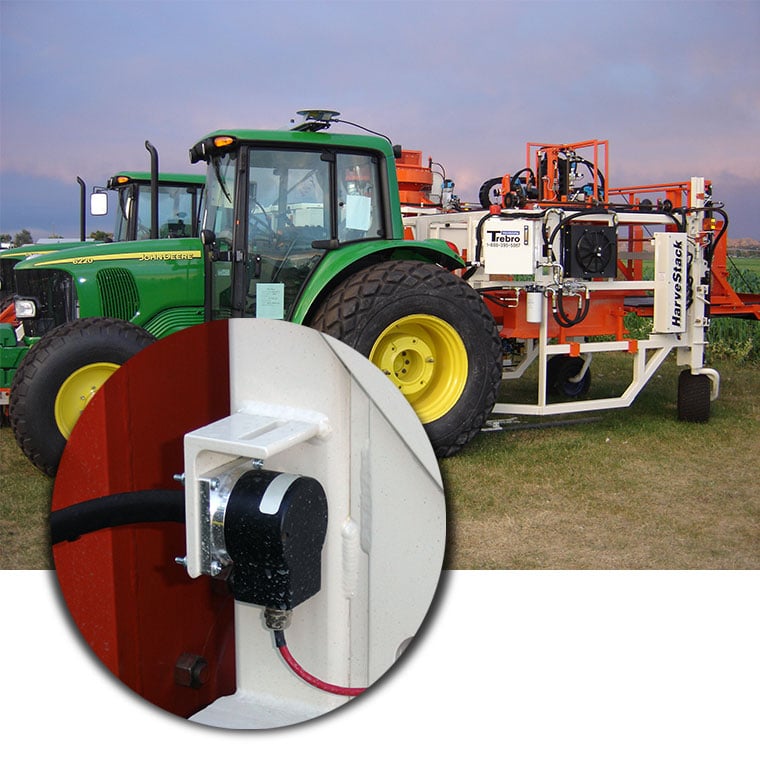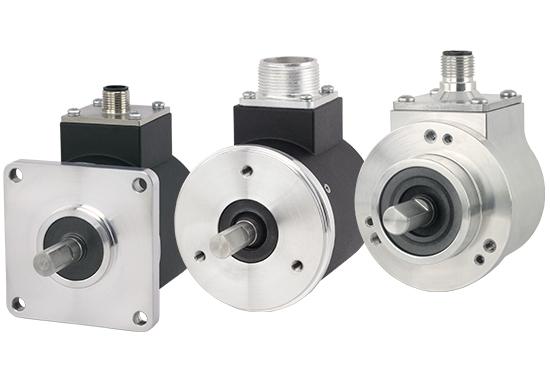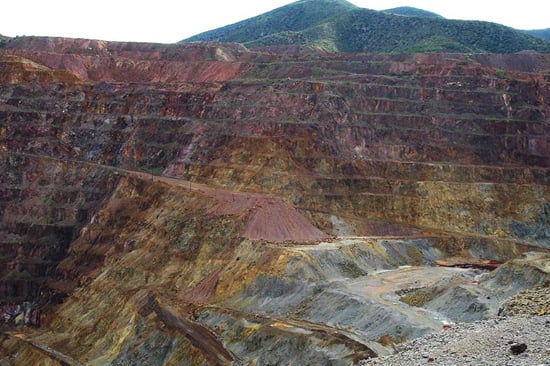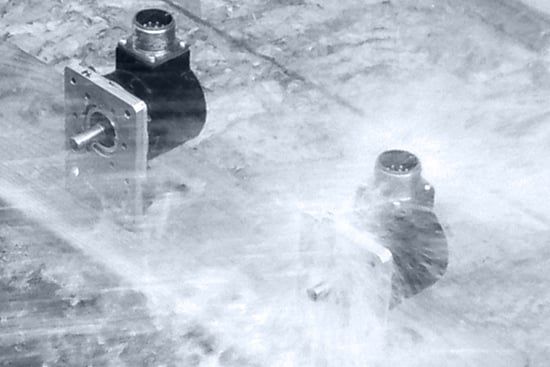Flexible Shafts
A few known examples of where these flexible shafts have been used with encoders are in the nuclear industry where the position of valves, rods, etc., in a radioactive environment existed. The radiation would shorten the life of the solid state electronic components of the encoder. By placing the encoder external to the machine environment, the problem was solved.
Another example is a food processing plant where the machinery has to be completely washed down every shift or every few hours. Stainless steel plumbing was used throughout the plant and it was considered “routine maintenance” to completely replace all the plumbing and associated equipment every six months as a matter of course. Naturally, the encoders were replaced along with all the rest of the equipment. When this customer went to the flexible shaft drive to the encoder, he found out that over a period of three years, the encoder was the ONLY item in the plant that was still original. Thousands of dollars were spent replacing stainless steel drive motors, pumps, plumbing, etc., but the encoders were still performing like new.
Torsional windup is one concern when implementing flexible drive shafts. With the proper flexible drive shaft (configuration, length, etc.), and correct installation (proper bend radius, sealing), windup can be greatly reduced. The migration of liquids inside the inner sheath of the flexible cable can also cause problems. Proper sealing methods on each end of the cable solve this issue. Remember that liquids flow downhill, so be sure to provide a drain loop at the end of the cable, or have the encoder elevated above the rest of the machine.

